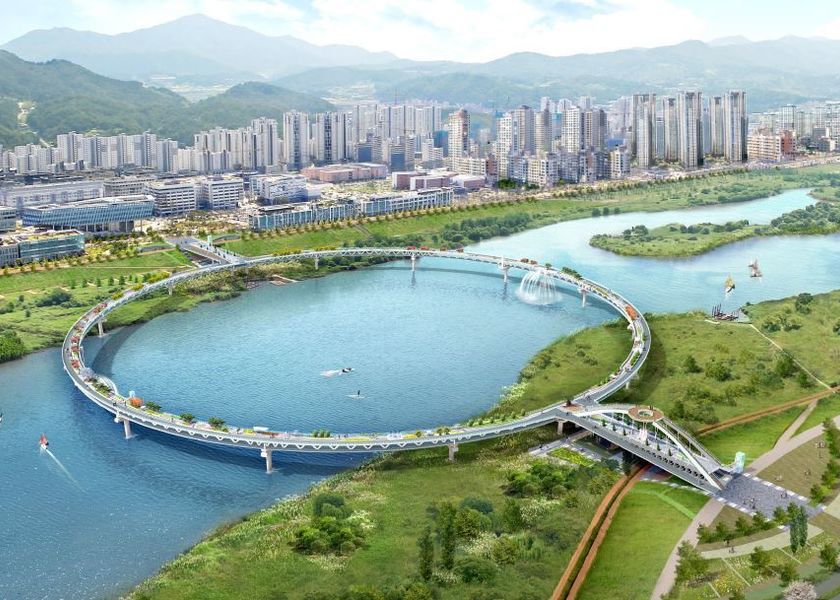Sejong “'Administrative Center of Korea'”

Sejong was founded in 2007 as the new planned capital of South Korea to ease congestion in South Korea's current capital and largest city, Seoul, and encourage investment in the country's central region
Embrace the ‘Future City Dream’ beyond Balanced National Development and Decentralization:
- Happy City Sejong is a project to create a city embracing the future city dream by converging future-oriented city paradigms as a communicating city, a public transportation-centered city, an eco-friendly energy city, a smart education city, and a creative design city, going beyond balanced national development and decentralization.
- Happy City Sejong which has evolved into Sejong Special Self-governing City beginning from new administrative capital construction is becoming ‘the city where anyone wants to live’ by integrating Korea’s city construction experiences and know-hows and being participated openly by excellent administrators, experts, technicians, and residents.
Sejong is the partnership among People, Nature, and Culture
- Blue-Green Network that Connects Green Forest and Blue Lake
- In conceptualizing the urban space of the Happy City, the central green space has been created with a focus on a city free from restrictions (integration of self-sufficient units), a city with diversity and perpetuity (aiming at naturalness), and a city where people can meditate in nature).
- As ‘the Happy City of Sejong’ was to be developed as a circular structure, the city center, built as the emblematic space of the city and a space where nature and people coexist, has been planned as an open space that is easily accessible from anywhere in the city and shared by all city residents for their rest.
- A design that steers clear of discontinuation of pedestrian walkways and bike trails that connect parks and greens enhances their accessibility and utility for city residents and the variously-sized and shaped urban parks created in different living zones provide spaces for rest and leisure activities that can be conveniently used by citizens.
- Happy City through which the Geumgang River and Mihocheon Stream flow is Korea’s largest green eco city where green area takes up 52%. he city center has large parks and greens including Central Park (1.41 million㎡), Sejong Lake Park (610,000㎡), and National Arboretum (650,000㎡), which partners with the outer greens to surround the residential space, thus creating a double green belt.
- Connective watercourses like lake park, rills, and ponds are created in Central Administration Town and central green space, while the blue-green network is created with links to Wonsusan Mountain and Jeonwolsan Mountain that connect to Central Park and the parks, plazas, and mounds in different living zones.
- As the major forests in ‘the Happy City of Sejong’, Jeonwolsan and Wonsusan have space plans that conform to topography such as creation of variously themed trails. Also, they are planned as comfortable places to rest for urban people by building walking trails and night view observation decks for nighttime safety, providing connection through green axis etc.
Your cookie preferences
We use cookies and similar methods to recognize visitors and remember their preferences. To learn more about these methods, including how to disable them, view our cookie policy.


